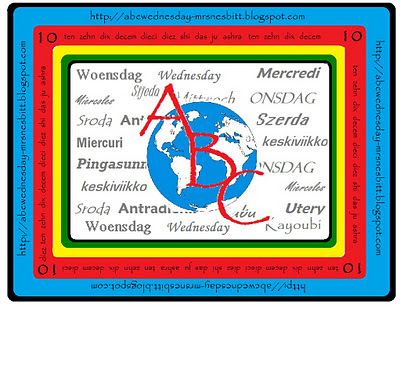How many chances will I get to encompass three of my interests in one photograph? Here we have vintage machinery, a locomotive and a mountain. The mountain is one of the 'must climbs' of the Lake District, Blencathra, also known by its English rather than local name, Saddleback, because of its shape. I'm not taking you on a walk up there but a more leisurely
ride on a quarry railway. This little locomotive is a Ruston 48DL of 1947, once used at the Royal Armaments Depot nearby in Cockermouth (which closed in 1994) and brought here, re-gauged from 2'6" to the 2 foot (0.6096m) and now one of three locos used at Threlkeld Quarry. The little steam locomotive Sir Tom was not running on the day we visited, a bit of a disappointment, but not for long with the chance of a narrow gauge train ride, lets climb aboard with a choice of open or enclosed carriages to trundle through a bit of mining history.
Eventually ending up in the very large quarry where the locomotive is uncoupled and run round to the other end of the carriages for the return trip. The Threlkeld Quarry and Mining Museum is also home to the Vintage Excavator Trust so there was lots of machinery to entrance the three boys who were running around. I am informed this is a Priestman Luffing Shovel who the toy maker Corgi used to make lots of miniature versions.

While the train was being readied for its return journey part of the Duddon History Group gathered around to listen to the quarry history told by the train 'ticket inspector'. Our history walk had run through the centuries having arrived here from a visit to a Neolithic Stone Circle (3000BC) to this quarry which was started in the 1870s to supply railway ballast for the Keswick to Penrith Line (now closed). Although the Lake District is more famous for its slate this is a microgranite quarry where the rock was blasted from the quarry face with small explosives so it would shift rock without shattering and then loaded into railway wagons or tubs.
This particular type of granite is not suitable for polishing so is generally used as ballast.
The quarry closed in 1936 but reopened in 1949 when it stated to produce precast concrete flagstones, the railway was dismantled.
The quarry eventually closed in 1982 when the demolition contractors moved in, stripped the slate roofs of the buildings etc and by the time a charity took over the site in 1992 things were deteriorating and in rather a state.
As you can see what is now the train shed has a corrugated roof rather than nice roof tiles. After various changes through the year the site was brought back to be a visitor attraction and the present organisation runs the train and mining trips, gold planning and a superb Mining Museum which encompasses the history of mining in the Lake District and minerals with examples of the complex geology of the Lake District. certainly for the geology enthusiast this would be worth more than one visit. As one of our group said it was too much to take in for one visit although we will have wait until next year because it closed for the end of the tourist season yesterday (30th October) although their
Facebook page says there is a Santa Special at Christmas.
An entry to ABC Wednesday, a journey through the alphabet, this week sojourning at Q
here







